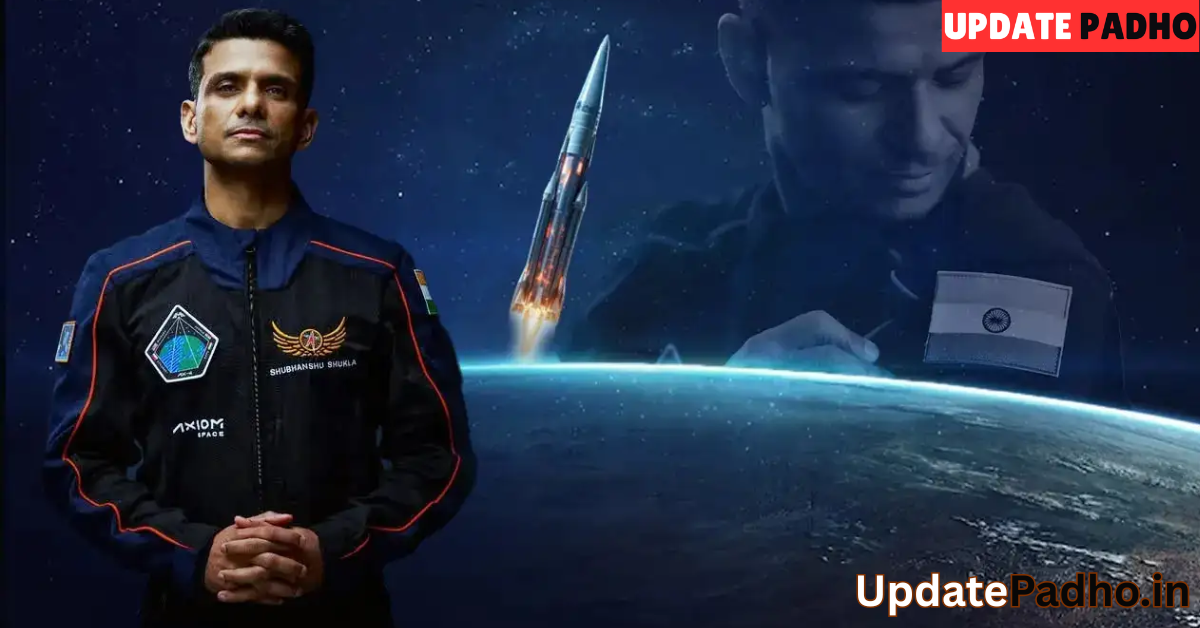ISRO India recently celebrated a historic milestone: Group Captain Shubhanshu Shukla became the first Indian to live aboard the International Space Station (ISS) during the Axiom-4 mission, spending 18 days in orbit. Behind this achievement lay a major investment by the Indian Space Research Organisation (ISRO), covering training, logistics, and his seat aboard the SpaceX Crew Dragon. Here’s a detailed breakdown.
1. The Mission & the Man
- Launch & Return: Launched on June 25, 2025, aboard SpaceX’s Crew Dragon for Axiom-4, Shukla spent 18 days on the ISS before returning safely on July 15, 2025, joining four-person crew that included Peggy Whitson, Slawosz Uznanski, and Tibor Kapu.
- Historic Significance: He is the first Indian to stay on the ISS and Indonesia’s second person in space after Rakesh Sharma in 1984.
2. Cost Breakdown: ₹550 Crore Covering Training to ISS Seat
- Ticket Price: Multiple Indian media outlets report that ISRO paid approximately ₹500–550 crore (USD 60–65 million) to cover Shukla’s seat and related expenses on the Axiom‑4 mission.
- Expense Components:
- Astronaut Training: Intensive preparation at NASA and Axiom Space facilities.
- Launch & Recovery Logistics: Use of SpaceX Crew Dragon and mission orbit coordination.
- ISS Operations & Research: Sustaining Shukla’s stay and supporting his experiments.
- In total, ISRO’s investment totalled around ₹548 crore.
3. No Salary, Just Science
- Despite the investment, Shukla received no direct payment from ISRO, NASA, or Axiom Space—his compensation was entirely non-monetary.
- His incentive? Pioneering research and gathering critical experience for India’s Gaganyaan program, slated for crewed missions from 2027 onward.
4. Scientific Impact & India’s Human Spaceflight Plans
- Key Experiments: Shukla conducted seven ISRO-designed experiments on microalgae, plant growth, muscle atrophy, cognition, microbial adaptation, materials science and more.
- Legacy for Gaganyaan: His in-orbit experience informs ISRO’s own human spaceflight ambitions. Gaganyaan’s first three-astronaut flight is planned for 2027.
5. Weighing ₹550 Crore Against National Goals
- The expense notably exceeds the ₹450 crore budget of India’s Mars Orbiter Mission, highlighting growing priorities in human exploration.
- But this investment is widely seen as strategic: paying a commercial seat price yields rapid expertise and helps accelerate India’s spaceflight timeline—experience that’s difficult to replicate through purely domestic efforts at this stage.
✅ Final Take
ISRO’s ₹550 crore expenditure on Shubhanshu Shukla’s mission wasn’t just about sending an astronaut to space—it was a calculated investment in the future of Indian human spaceflight. Through international collaboration, extensive training, and cutting-edge research aboard the ISS, India is laying the groundwork for crewed missions of its own. For many, this price tag is less a cost and more a gateway to independence and capability in space exploration.



